C4L Trainees

Aditya Birla
PhD Student
Lamoureux Lab
email
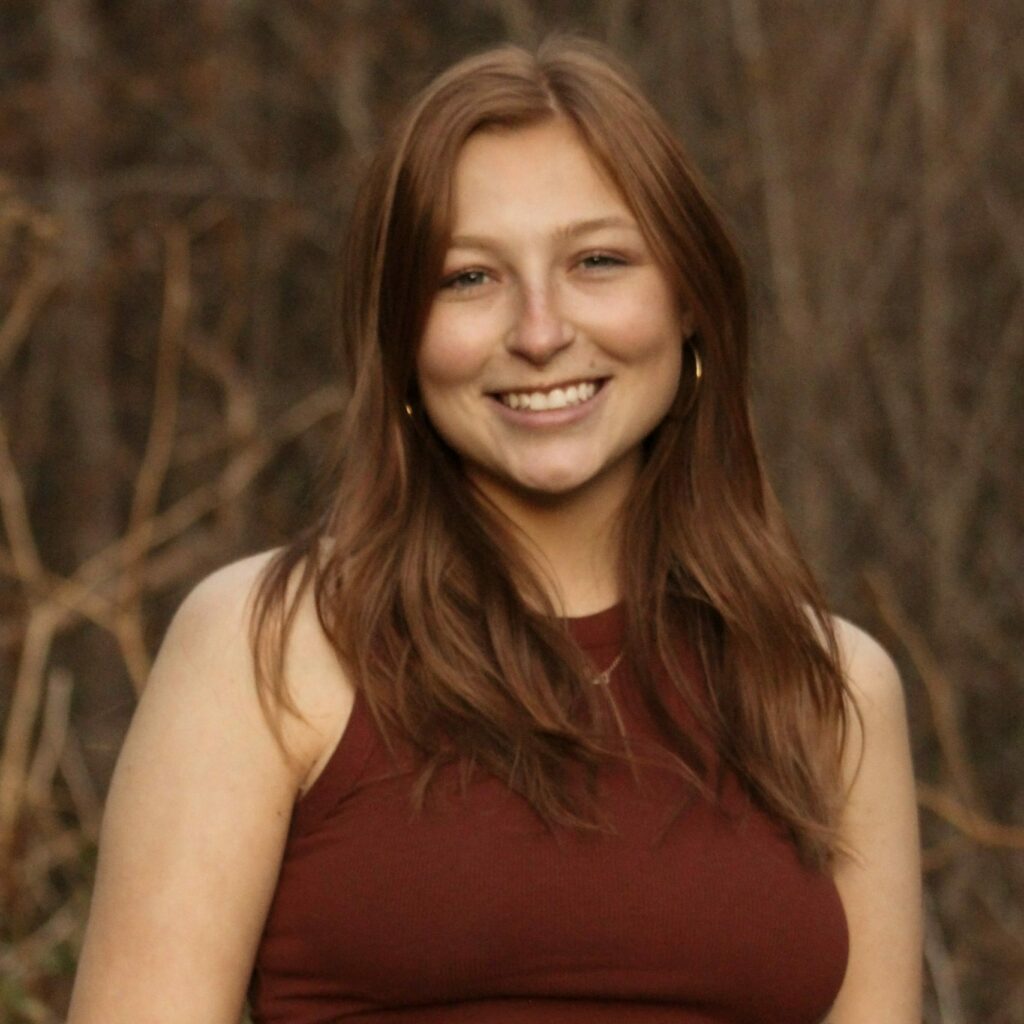
Alyssa Vanerelli
PhD Student, Evolutionary Genomics
Geneva Lab
email / web
To provide modern genomic resources for Anolis grahami, a widespread species native to Jamaica and introduced to Bermuda, I have assembled and annotated a high-quality reference genome. Using this genome, I am investigating sex chromosome evolution, estimating population sizes through time, and assessing repeat element content in this species. In addition, I am inferring the relationships among squamate reptiles by analyzing this genome with other published genome assemblies.
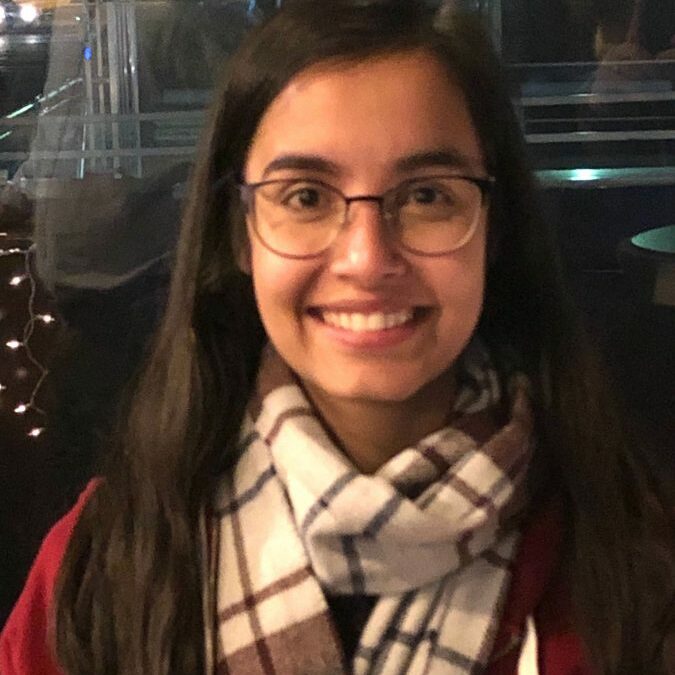
Anushriya Subedy
PhD Student, Machine Learning for Protein-Protein Interactions
Lamoureux Lab
email
Predicting protein-protein interactions (PPIs) requires a comprehensive description of specific biological contexts (pH, post-translational modifications, and interaction partner availability), which are not well represented in the Protein Data Bank (PDB) due to the limitation of experimental methods, and this lack of functional data poses a challenge. Our central hypothesis is more biologically meaningful representations of proteins can be extracted from non-structural, in vivo data, using novel machine learning architectures.
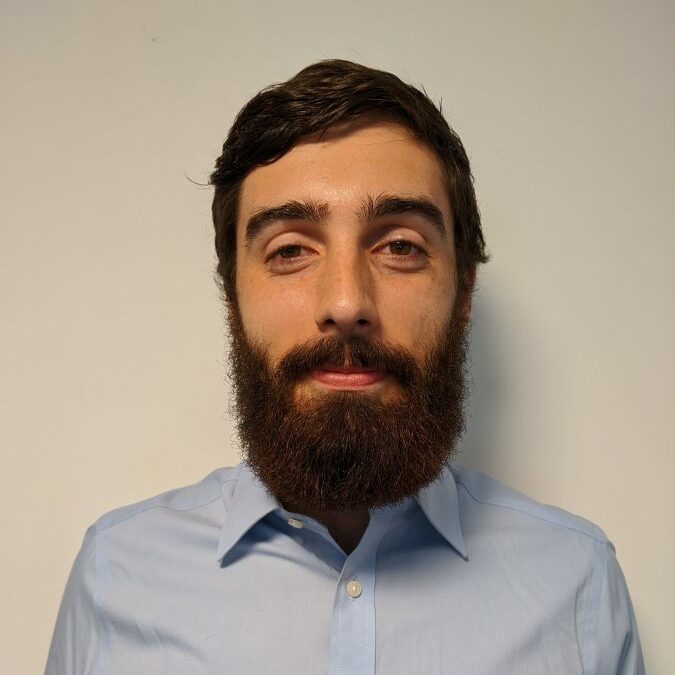
Chris Denaro
PhD Student, Mathematical Modeling
Piccoli Lab
email
My current project examines the modeling of biological networks using mathematical hypergraphs. We focus on simulating metabolic networks with therapeutic interventions to predict the efficacy of potential therapies. We also examine the generalizability of results on traditional graphs to hypergraphs.
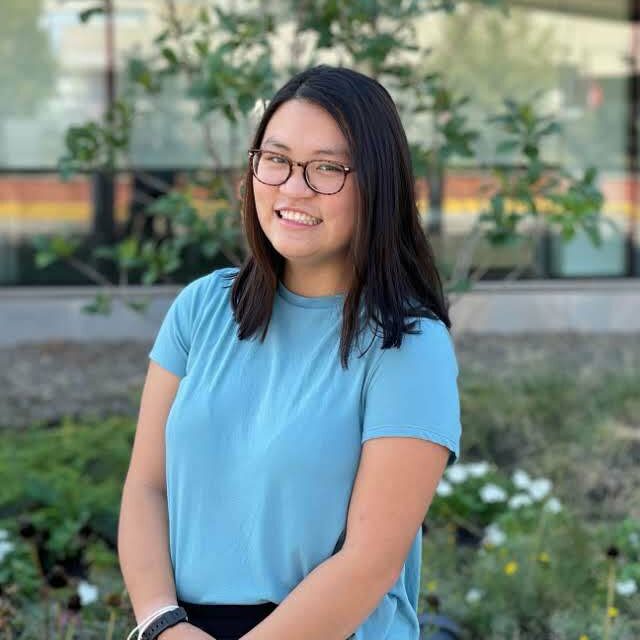
Cleo Falvey
PhD Student, Evolutionary Genomics, Host-Virus Coevolution, and Herpetology
Geneva Lab
email
I am working on assembling a de novo whole genome assembly of the Hispaniolan lizard Anolis distichus. Additionally, I am sequencing and assembling the whole genome of Atadenovirus strains that are found to widely infect anoles. This research will help us better understand the dynamics of host-virus coevolution and viral host switching.
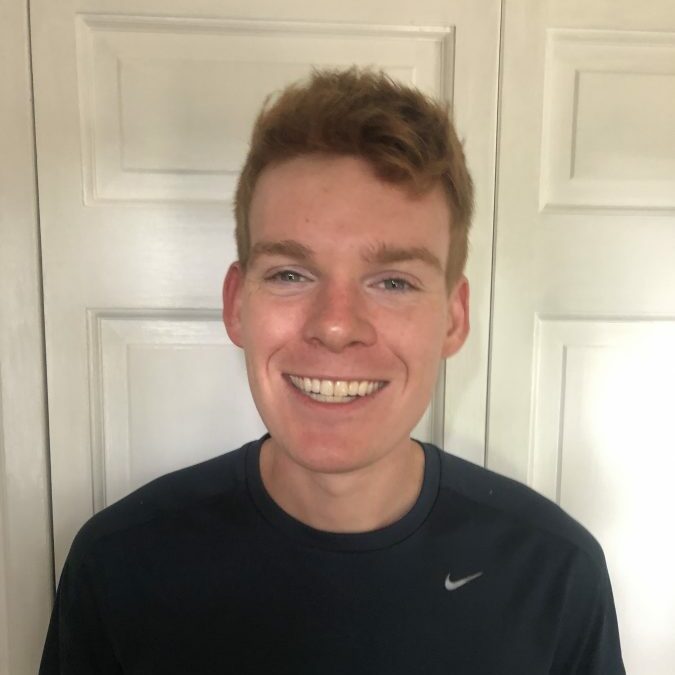
Connor Pitman
PhD Student, Computational Biophysics
Brannigan Lab
email
I lead the development team for the Blobulator web tool, which allows users to visualize hydrophobic domains in protein sequences. I also use genomic data and simulations to identify pairwise residue interactions and quantify conformational shifts in intrinsically unstructured proteins.
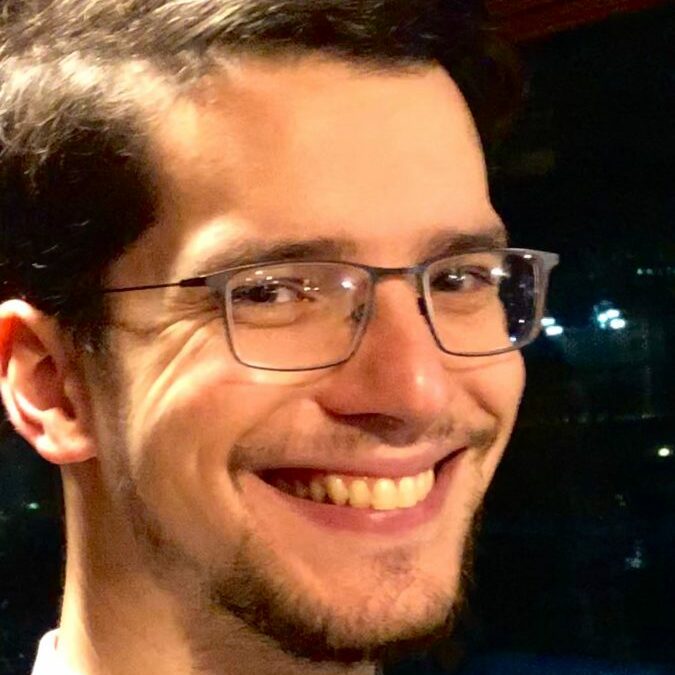
Ezry St. Iago-McRae
PhD Student, Molecular Dynamics of Membranes and Membrane Proteins
Brannigan Lab, In Collaboration with the Gripenburg and Klein Labs
email
Membrane proteins are essential sensors and gate keepers that help maintain the narrow distinction between living and non-living cells. My research extends established computational methods (molecular dynamics and free energy perturbation) to understand protein-lipid interactions at the nanoscale under conditions currently inaccessible to wet-lab techniques. Our results and methods will help further our understanding of protein-lipid interactions with implications across several biological and medical fields including cell physiology and anesthesiology.
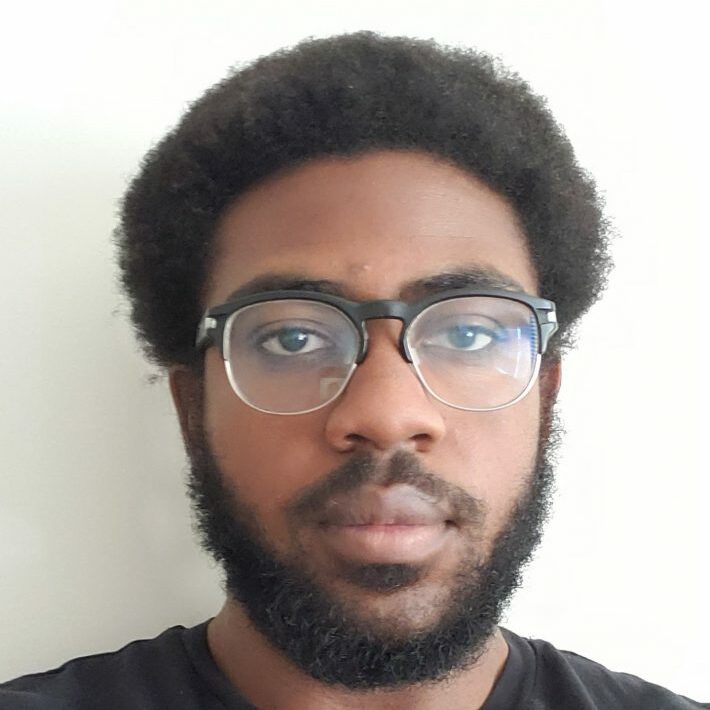
Jahmal Ennis
PhD Student, Membrane Biophysics
Brannigan and Griepenburg Labs
email
We use molecular dynamics simulation to study gold nanoparticle – membrane interactions. I am interested in the drives of gold nanoparticle aggregation in lipid membranes.
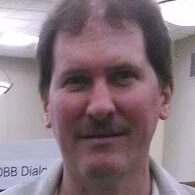
James Kelley
PhD Student, Computational Genomics
Grigoriev Lab
email
Relating deletion distribution in SARS-CoV-2 WGS samples to differences in VOCs. Finding differences in SVs between tumor and normal samples which may point to drug targets. Developing visualization tools with features useful for examining SVs and reducing the need for manual processing of data.

Jesse Sandberg
PhD Student, Membrane-protein interactions
Brannigan Lab
email
I study the interplay of membrane composition, membrane curvature, and lipid binding to membrane proteins. Recently, I have been focusing on the Envelope protein (E protein) from SARS-CoV-2, the virus that causes Covid-19.
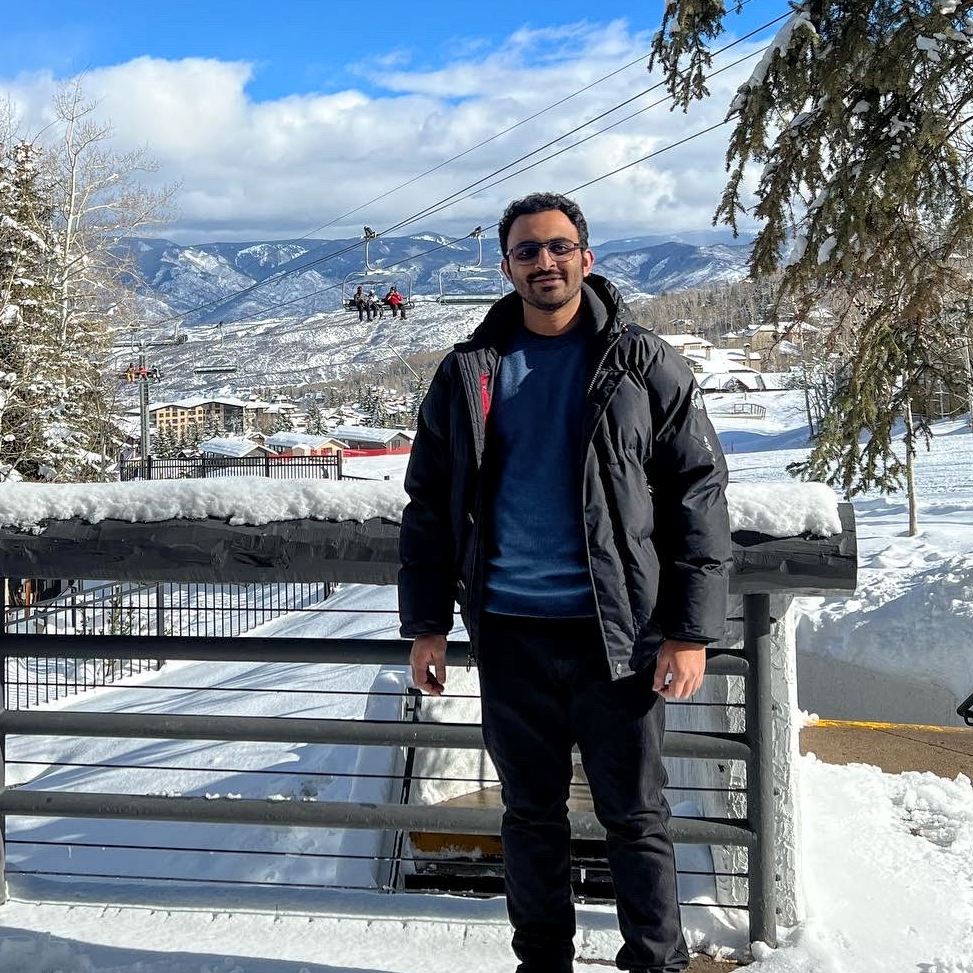
Sayed Mehedi
PhD Student, Machine Learning
Dehzangi Lab, In Colaboration with the Corbett, Grigoriev, and Fu Lab
We are developing machine learning-based methodologies for the precise identification of regions of interest as well as the segmentation and quantification of cells within tissue images. Furthermore, we are investigating the utilization of generative adversarial networks to augment the quality of tissue images, aiming to optimize downstream analysis efficiency.

Siddharth Bhadra-Lobo
PhD Student, Machine Learning for Protein Interactions
Lamoureux Lab
email
Voxel based SE(3)-equivariant convolutional models provide a rapid, kernel-based 3D space invariant scanning operation for representation learning at the molecular level. Our work has demonstrated that these convolutional filters have far reaching potential for the rapid docking, binding, and screening of AI generated structures in the field of AI drug design.

Ryan Lamb
Masters Student
Brannigan Lab
email
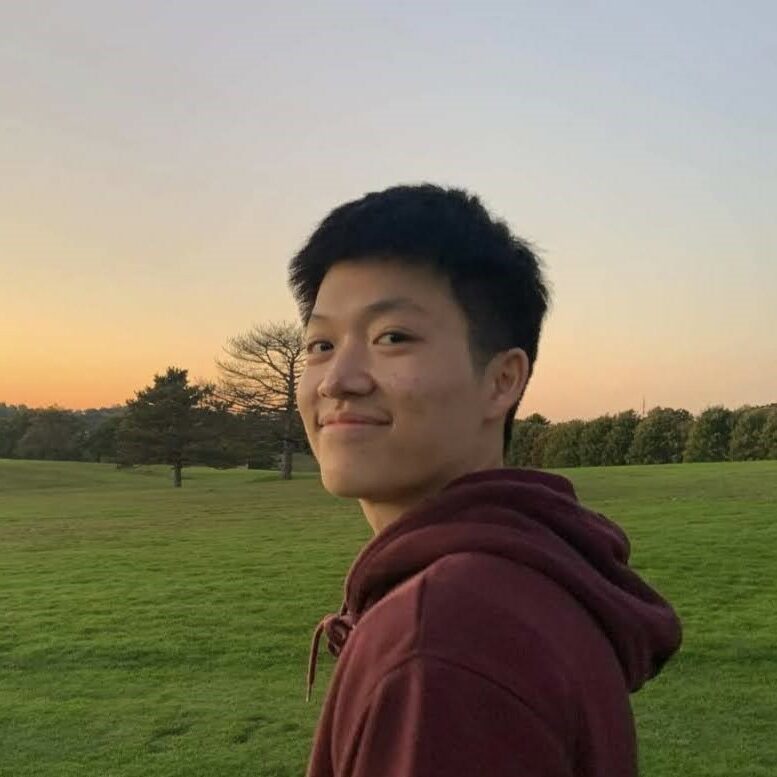
Derek Wang
PhD Student
Dehzangi Lab
email
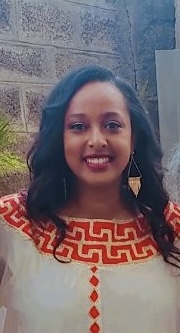
Meron Dibia
PhD Student
King Lab
email
We are studying the moisture generation and retention of a closed chimney termite mound colonies in India. We believe the mound is evolutionary designed to play a vital role in water conservation for termite colonies in arid areas.
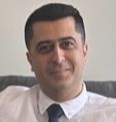
Vahid Khalkhali
PhD Student
Dehzangi Lab
email
Studying Machine Learning and Curie Score Estimation from mIBG Images
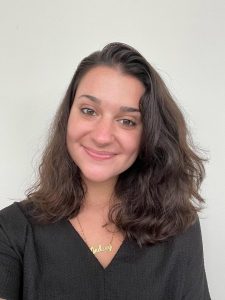
Lindsey Riggs
PhD Student
Brannigan Lab
email
Intrinsically disordered proteins (IDPs) do not have a defined structure therefore a small, charge-neutral mutation is not expected to change its conformation. However, our lab has demonstrated that the intrinsically disordered brain-derived neurotropic factor (BDNF) prodomain undergoes specific conformational changes due to the Val66Met mutation. My work focuses on how hydrophobic specificity plays a role in this IDP’s conformation.
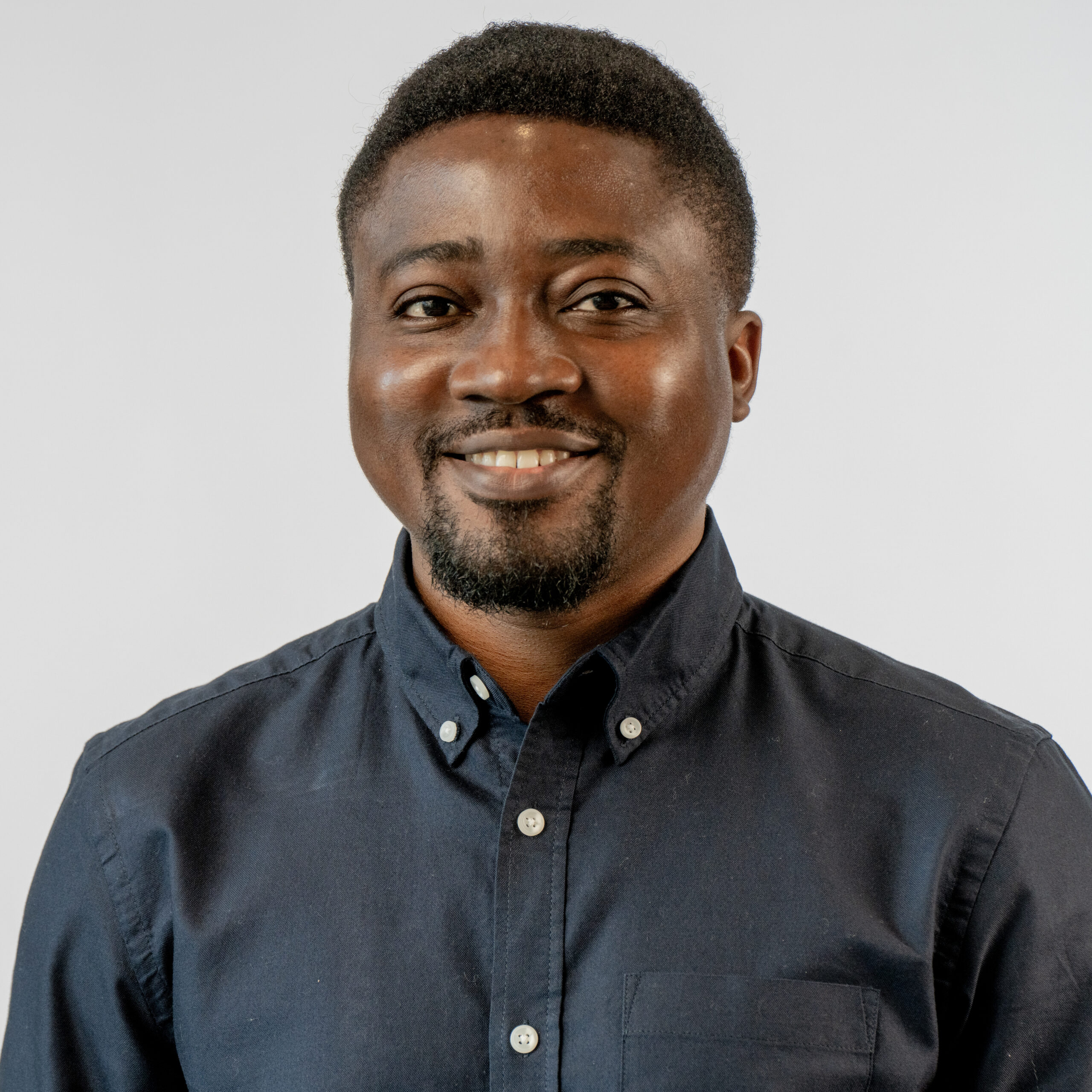
Adesupo Adetowubo
MS Student
Geneva Lab
email
I am investigating the evolutionary dynamics of Atadenovirus infections in Florida Anolis lizards, a system where native and invasive species live in close sympatry. My work includes screening populations for adenoviruses, estimating infection rates, and analyzing patterns of viral diversity relative to host phylogenies to assess potential host switching. I also contribute to the lab’s large-scale genome projects, including the assembly and analysis of the pine snake (Pituophis melanoleucus) genome.
